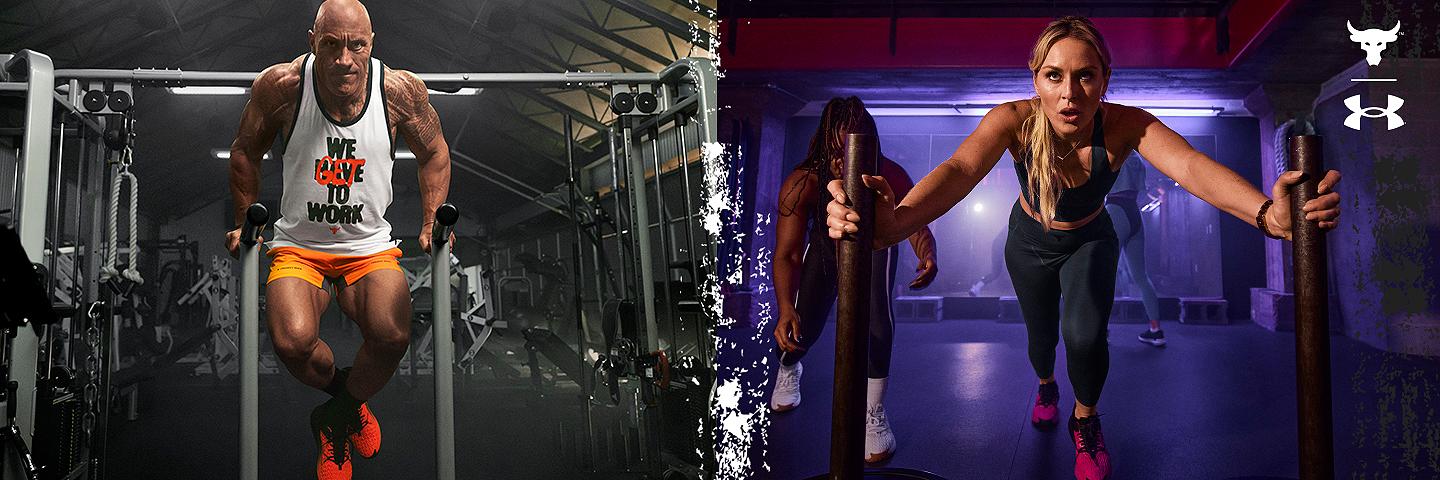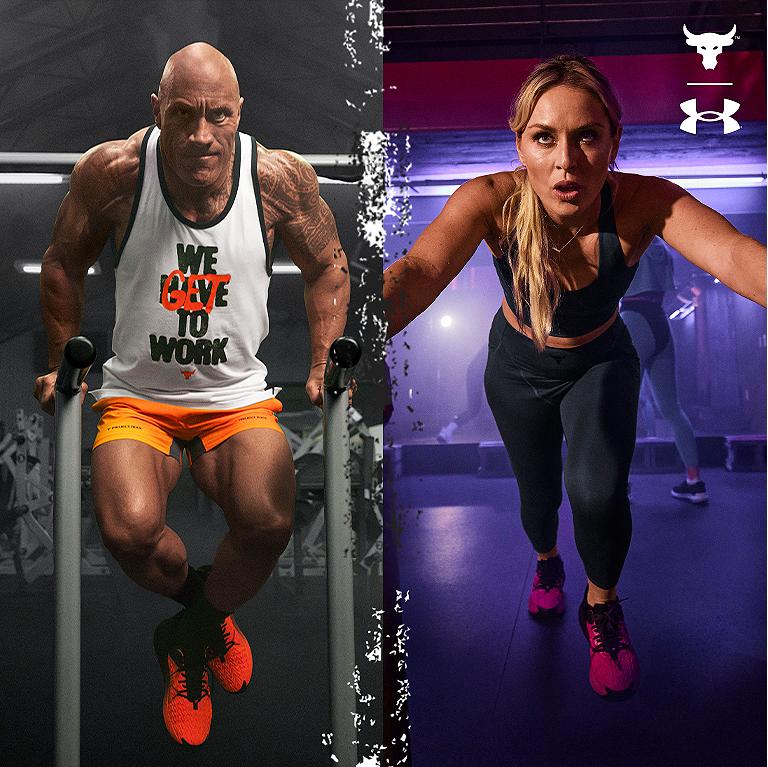Ready to start deadlifting? Use our step by step guide to perform a conventional deadlift correctly. As mentioned above, there are plenty of variations of deadlifts and different grip positions. But start with the conventional deadlift before progressing.
You’re going to need equipment - typically a barbell - so will need to use one at your gym (or at home if you own one). Use a barbell with large, removable weights - rather than one with smaller sized weights built onto the bar. This means you don’t need to bend down so far to grasp the bar itself.
Choosing the right weight will depend on your existing fitness level. If you’re new to deadlifting, start low and build up the weight slowly.
Here’s how to deadlift:
Warm up: As with any exercise, you should start with a warm up, and focus on engaging the muscles you’ll use in the deadlift.
Get into position: Place the barbell on the floor. Stand with your feet hip-width distance apart. Your toes should be pointing outwards a little. The bar itself should be very close to your shins.
Bend: Hinge back from your hips with a bend in your knees.
Hold the bar: Grasp the bar with both hands, shoulder distance apart. Your knuckles should be facing forward. Throughout the lift, your arms should be straight.
Get ready: Now, engage your shoulders, core and back muscles. Keep a neutral (straight) spine.
The lift: Start straightening your legs, squeeze your glutes and leg muscles while driving your feet into the floor. Push your knees forward and hinge into an upright position. The bar should ‘graze’ your shins and upper thighs on the way up.
The top: Hold at the top for a couple of seconds, then lower while keeping the bar itself close to your legs. Your back should remain straight and you’re looking for a controlled hinging movement back to the starting position.
Repeat: Hold for a couple of seconds at the bottom with the weights on the ground, then repeat the lift.
If you’re new to deadlifts, it’s definitely worth asking your gym buddy (or, better yet, a fitness coach) to spot you for your first few deadlifts. They can keep an eye out for poor form and help you correct it.







